According to you: 10 automotive factoids you should never forget
As time progresses, every industry has a way of innovating in hopes of advancing our way of living. These are not always huge leaps, and we tend to forget the smaller innovations in favor of the big ones. The small-block V-8 is pivotal to a popular subculture, but what about the importance of the very first pushrod V-8 from the 1917 Chevrolet Series D? Or perhaps the first cast aluminum wheel on the 1924 Bugatti Type 35, complete with integral brake drum that used the wheel as integral heat sinks?
This is why I asked the Hagerty Community for their favorite nugget of automotive trivia. The responses were outstanding. I have selected a handful below, but do yourself a favor and read them all by clicking here. Haven’t joined the Hagerty Community yet? Well that’s unfortunate, as we are all looking forward to learning from you in a future post! Shameless plug aside, let’s get to the not-so-common automotive factoids that you should keep top of mind.
Innovations in Air Conditioning
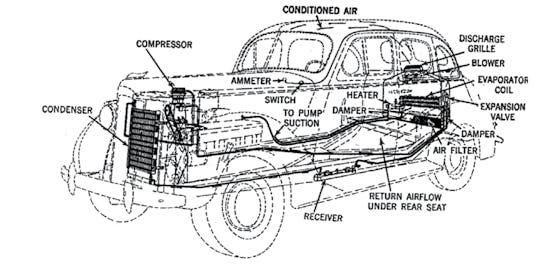
Hagerty Community member reminded us of several firsts in the world of Automotive HVAC design, as the “1939 Packard was the first production car to offer air conditioning. They built 300 cars with A/C, and Cadillac built 300 A/C cars in 1940.” He went further to say that “after WWII, A/C didn’t return until 1953 or 54 when Pontiac introduced the first in-dash unit. Earlier cars had the evaporator in the trunk. In 1955 Nash had “Weather-Eye”, the first combined heater-A/C unit, and the 1961 Corvair had the first factory installed A/C in the compact car range.” So now you know!
Corvair lights on a Ford GT
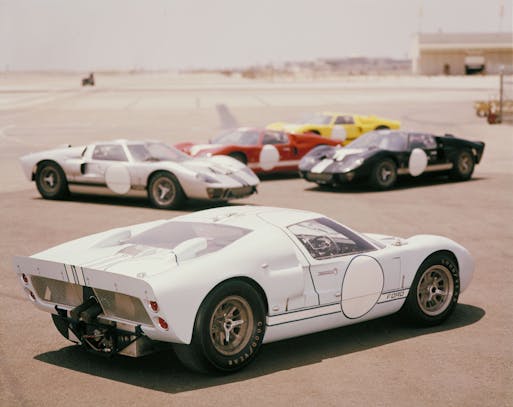
entioned that the original Ford GT40 used the four round taillights of the Chevrolet Corvair, and he’s not the only one who spotted them. These lights were lightweight, easy to procure, and small enough to fit on a race car. Perhaps hyperv6 is right when he suggested that the GT40’s legacy was less like Ford vs. Ferrari, and more like Ford and Chevy vs. Ferrari?
Lancia’s innovative unitized chassis (and more!)

he 1922 Lancia Lambda was the first to “utilize a monocoque chassis, the V4 engine, an independent front suspension, four wheel brakes, and the first production aluminum engine block.” Apparently Mercedes-Benz beat Lancia to the first aluminum engine in a vehicle, but the scale of production before the Lancia makes that misleading (the Lancia was a higher-volume vehicle). No matter, let’s take a pause and celebrate this forgotten Italian motorcar.
Willys half-OHV Hurricane engine

with the intake valves in the OHV configuration (with rocker arms)” and “the exhaust valves in a flat head configuration with no rockers.” Called the F-head, Willys’ design wasn’t the first (that was probably 1919 Essex) but the Hurricane was the most popular, and likely outlasted any other manufacturer choosing this engine layout.
Porsche door striker/bottle opener
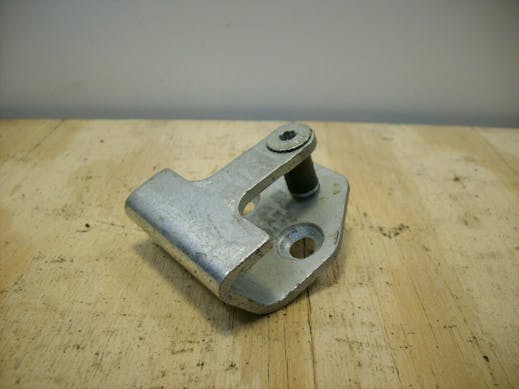
Apparently “the door striker on all years of the Porsche 928 is a perfect bottle opener.” That’s according to
NASCAR win for Jaguar?

It’s true, a Jaguar XK120 piloted by Al Keller won a NASCAR race back in 1954. Community Member brought up this fantastic factoid, and put it in further context by adding that, “NASCAR banned imports after the 1958 season, and the ‘imports’ racing today, like Toyota, qualify because they are made in the USA.” Which goes to show how deep and rich NASCAR’s history is in the world of automotive motorsport, even if the current crop of spec-engineered vehicles leaves something to be desired for purists.
All 5.0 Mustangs were snaky in 1979

You didn’t need a Mustang Cobra to be snake-like, just open the hood of any 5.0 powered pony back in 1979. As Hagerty Community member put it, “the 1979 V8 Mustang was the first American automobile that featured the serpentine belt. There was supposedly an ad aired during the Indianapolis 500 showing a ’79 Pace Car coming into the pits and having it changed only a minute!”
But I need to make an addition to this factoid, as I had the honor (honor?) of working on a friend’s 5.0-powered 1979 Ford LTD, and lo and behold, it also had a serpentine belt! It’s bizarre that Ford ushered in this advancement in 1979, only to cancel it for a few years before making it standard equipment on 5.0s by 1986. I wonder what went wrong with the serpentine belt in the early 1980s, ya know?
Grabowsky trucks are made to a professional grade
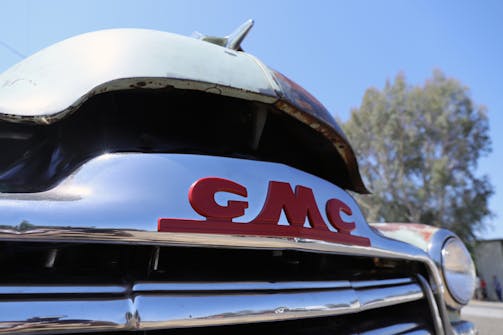
Community member dug up a real gem, when he told us that GMC stands for The Grabowsky Motor Company. Tony says that “when William Durant was building General Motors, he wanted a truck to combat Henry Ford’s stranglehold on that market. He arranged to buy the Grabowsky Motor Company, as they were highly regarded for their truck products.” But the terms of the sale included a requirement that the name will not be changed, “hence GMC still stands for “Grabowsky Motor Company, and not General Motors Corporation.”
A wipe out thanks to Mary Anderson
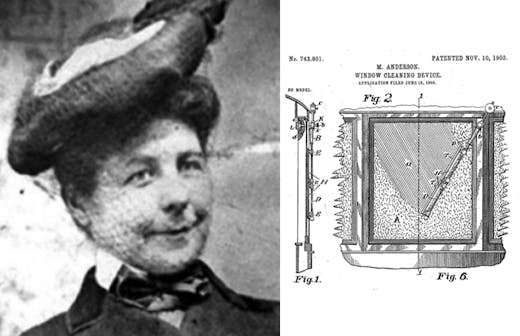
gave us this brilliant nugget of wisdom: a woman named Mary Anderson invented the first windshield wiper in 1905. DUB6 states that “before windshield wipers were invented, drivers (mostly males in those chauvinistic days) would have to repeatedly get out of their cars and clean off the windshield by hand.” And Mary’s invention thereby proves that “men may be impervious to rain and snow, but women have practical minds and are not afraid to use them!” Well said!
New car smell is bad for you

Here’s another one from DUB6: some of us love that new car smell, even though we kinda should avoid it. He mentions that the odor is “produced by toxic off-gassing from plastics, glues, and other materials used in the manufacturing and assembly of automotive interiors.” And he’s right, as there are plenty of compounds present in that smell which are bad for you. Should that stop you from enjoying a new car to its fullest? Maybe, but perhaps leaving the windows down as much as possible for a little while is a good trade-off. Or not, because other research insists it is harmless to most folks. Buyer beware, perhaps!

